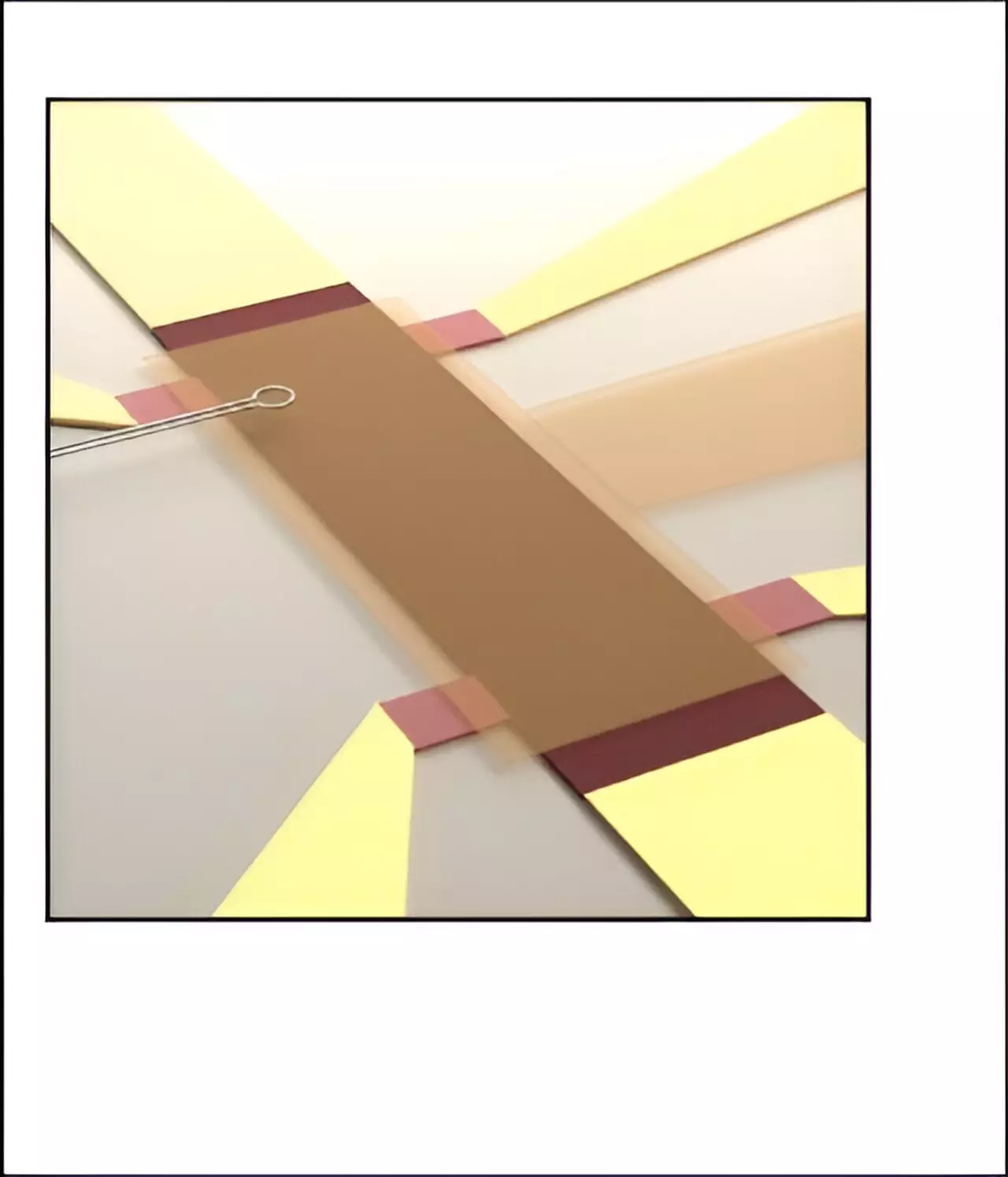Topological protection is a concept that has revolutionized our understanding of quantum systems, endowing them with an inherent resilience against various forms of disruptions. This extraordinary robustness is evident in phenomena such as the quantum Hall effect, where quantized conductance remains stable despite impurities or fluctuations in temperature. Yet, this impressive feature comes with a downside known as topological censorship. While it safeguards global characteristics, topological protection also obscures valuable microscopic details intrinsic to these systems, essentially placing a veil over the underlying physical processes. The recent work by researchers such as Douçot, Kovrizhin, and Moessner acknowledges this complex trade-off, aiming to pierce through this veil to access the hidden microscopic landscape.
In a groundbreaking study published in the *Proceedings of the National Academy of Sciences*, a collaborative team of physicists explored this notion of topological censorship and ventured beyond it. By focusing on curious phenomena within Chern insulators, a class of materials with non-trivial topological properties, this research highlights the existence of meandering edge states that carry a quantized current. These findings challenge long-standing expectations based on traditional theoretical models of edge currents, suggesting instead that currents may be spread across the bulk of the material in unexpected manners.
This innovative approach reveals mechanisms that could allow researchers to transition between varying microscopic behaviors while still preserving the overarching topological features. The implications are profound not just for theoretical physics but also for practical applications, such as quantum computing, which heavily relies on the integrity of quantum information amidst noise and errors. To truly harness the capabilities of topological protection, scientists need to discern the intricate balance between global properties and local manifestations.
The term “topological censorship” could evoke parallels with the enigmatic nature of black holes. Just as internal details of a black hole are shielded from external observers by the event horizon, topological protection similarly conceals local properties of materials, often obscuring the spatial distribution of currents or other essential physical information. For decades, this phenomenon has posed significant hurdles in interpreting experimental results in quantum Hall systems, as the majority of observable traits stem from global or universal properties rather than localized characteristics.
A classical theoretical depiction suggests that in quantum Hall systems, currents flow primarily along the edges of the samples. However, recent experimental investigations, particularly those undertaken by research groups at Stanford and Cornell, provided a stark contrast to this conventional wisdom. By employing advanced local probes in their studies of Chern insulators, these teams made astonishing observations, revealing that, contrary to expectation, the current distribution could exhibit a stronger bulk character. This divergence effectively punctures the once-dependable framework of topological censorship.
Chern insulators present an extraordinary case within the realm of condensed matter physics. Initially theorized by Duncan Haldane in 1988, these materials were largely theorems until experimental realizations became possible in 2009. In contrast to their magnetic counterparts, Chern insulators do not rely on an external magnetic field to manifest topological conductivity. Instead, they pave the way for observing exotic quantum states that continue to intrigue researchers.
The recent studies that probed the electron transport within Chern insulators utilized sophisticated tools such as SQUID (Superconducting Quantum Interference Device) magnetometers to chart local magnetic fields. The discoveries made by Katja Nowack and colleagues were revelatory. They reported that the currents did not confine themselves merely to the edges but rather permeated the entire sample depending on external voltages. This shifted the focus back to the heart of the debate surrounding topological states and the hidden complexities therein.
As these innovative theoretical and experimental results converge, there is a resounding call for renewed examinations of topological states of matter. Researchers are now poised to explore the dimensions of this surface reality, recognizing that the rich microscopic detail once cloaked by topological protection may hold the keys to pioneering advancements in both quantum theory and technology.
This era of exploration challenges physicists to rethink previous assumptions and to embrace the intrinsic dynamism characterizing strange and exotic quantum states. In doing so, they contribute to a broader understanding of the universe and pave the way for advanced technological implementations—the backbone of the next generation of quantum computing efforts. The allure of Chern insulators and their curious properties heralds an exciting chapter in the quest to fuse theory with empirical observation in quantum materials science.


Leave a Reply